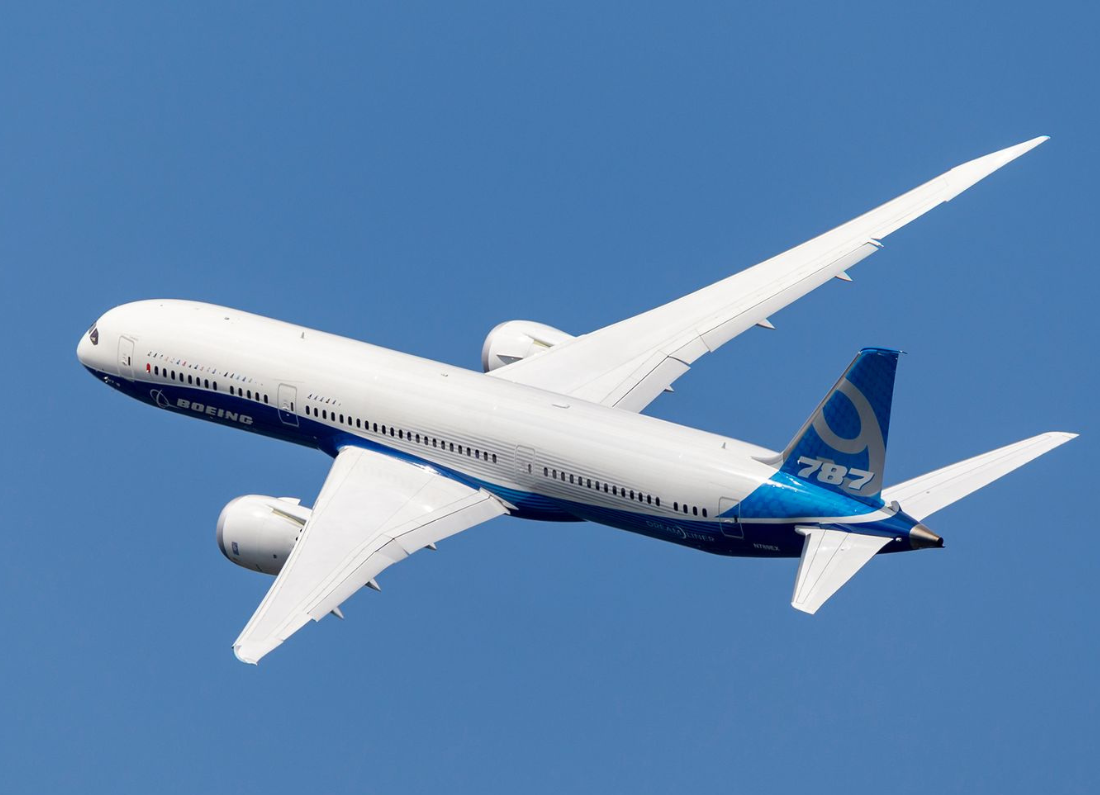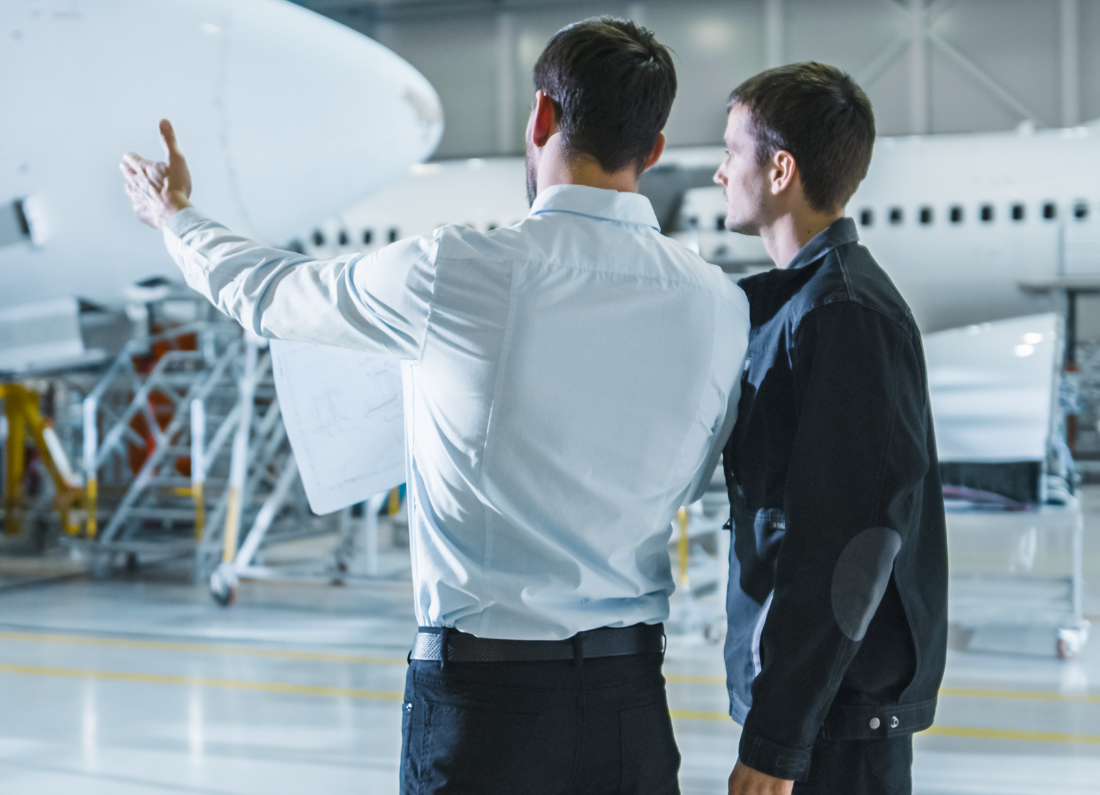In today’s dynamic aviation landscape, technology is revolutionizing air travel by significantly enhancing both its efficiency and safety. Cutting-edge advancements in sophisticated aircraft systems, state-of-the-art avionics, durable materials, and advanced automation are seamlessly working together to create a safer flying experience. With each innovation, the aviation industry is effectively minimizing risks and fortifying its already remarkable safety record. These breakthroughs not only promise a smoother and more reliable journey for passengers but also instill a greater sense of confidence in the future of air travel, ensuring that flying remains one of the safest modes of transportation available.
A Remarkable Safety Evolution
Over the past four decades, the aviation industry has achieved a remarkable 90% reduction in fatal accident rates. This significant decline can be attributed to a combination of advancements in technology, stringent regulatory measures, and improvements in pilot and crew training. Innovations such as advanced navigation systems, enhanced safety protocols, and robust aircraft design have greatly increased operational safety. Additionally, the implementation of comprehensive regulatory frameworks, including regular safety audits and stringent maintenance requirements, has ensured that airlines adhere to high safety standards. Furthermore, continuous training programs for pilots and crew members equip them with the skills and knowledge necessary to respond effectively to emergencies, contributing to the overall safety of air travel. As a result, flying has become one of the safest modes of transportation in the world
Key Technologies Enhancing Aircraft Safety
1. Fly-by-Wire Systems
Traditional mechanical control systems are rapidly being replaced by digital fly-by-wire technology. These systems translate pilot inputs into electronic signals, offering:
✔ Enhanced control precision
✔ Automated stability corrections
✔ Protection against exceeding operational limits
Aircraft like the Airbus A320neo and Boeing 787 Dreamliner have set the benchmark for this technology.
2. Advanced Avionics and Cockpit Automation
Modern glass cockpits equipped with large, high-resolution displays reduce pilot workload by integrating:
✔ Terrain awareness and warning systems (TAWS)
✔ Weather radar with turbulence detection
✔ Synthetic vision and head-up displays
✔ Automated flight management systems
These tools improve situational awareness and help prevent controlled flight into terrain (CFIT), one of aviation’s historic accident causes.
3. Real-Time Health Monitoring
Aircraft are now equipped with sophisticated sensors that continuously monitor:
✔ Engine performance
✔ Structural integrity
✔ Critical system health
Through predictive maintenance, airlines can detect potential faults early, reducing the risk of in-flight technical failures.
4. Collision Avoidance Systems
The widespread use of Traffic Collision Avoidance Systems (TCAS) and Automatic Dependent Surveillance–Broadcast (ADS-B) enhances separation between aircraft, even in congested airspace or remote regions.
5. Composite Materials and Structural Innovations
Aircraft built with advanced composites, like the Boeing 787 and Airbus A350, offer:
✔ Improved fatigue resistance
✔ Lighter weight for better fuel efficiency
✔ Enhanced crashworthiness in emergency situations
The Role of Artificial Intelligence (AI) and Future Technologies
Emerging AI-driven systems are poised to further revolutionize safety:
✔ AI-powered maintenance diagnostics
✔ Autonomous ground collision prevention
✔ Advanced pilot decision-support tools
✔ Electric and hybrid-electric aircraft reducing mechanical complexity
While full autonomy remains years away, AI is already quietly enhancing operational safety behind the scenes.
Technology Is Not a Replacement for Pilots
Despite the remarkable advancements in aviation technology, industry leaders firmly believe that it should be regarded as a supportive tool rather than a replacement for human expertise. Captain Rahman expresses this sentiment clearly: “While technology offers invaluable assistance, it is the disciplined and highly trained pilots who truly embody the essence of aviation safety. When we combine the capabilities of modern technology with the skill and intuition of experienced pilots, we achieve an unparalleled level of safety in the skies.”
A Safer Sky Through Innovation
As aircraft technology continues to advance, the standard of aviation safety is also being elevated. Innovations such as predictive maintenance, which utilizes data analytics to foresee potential mechanical issues before they emerge, and intelligent flight systems, which enhance pilot decision-making through real-time information, are playing crucial roles. These advancements not only help prevent accidents but also instill a greater sense of confidence in passengers regarding their air travel experience. Despite the inherent risks that accompany any mode of transportation, the evolution of technology is actively minimizing these risks with every flight. Enhanced safety protocols, advanced navigation systems, and robust training programs for pilots contribute to a more secure travel environment.
MyAviation Magazine is dedicated to continuing its coverage of the cutting-edge technologies that are instrumental in ensuring the safety of passengers, pilots, and aircraft, whether soaring at 35,000 feet or during ground operations. By shining a light on these developments, we aim to foster a culture of awareness and appreciation for the complexities of modern













Leave a Reply